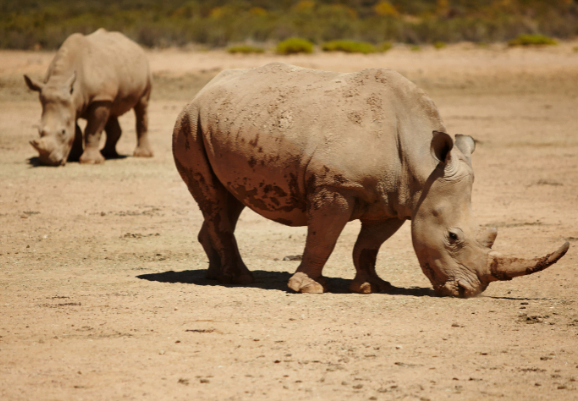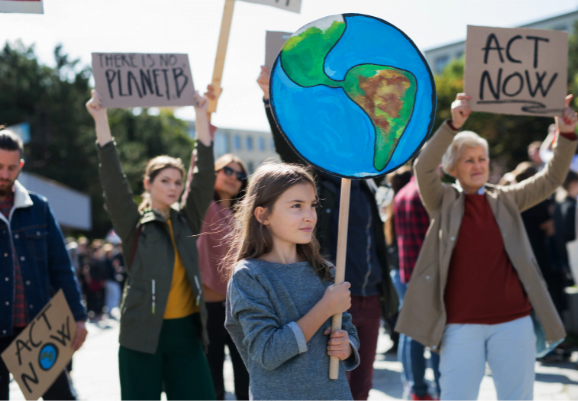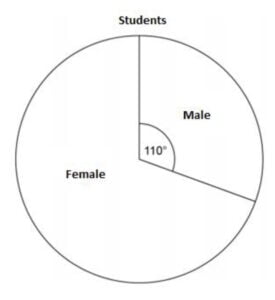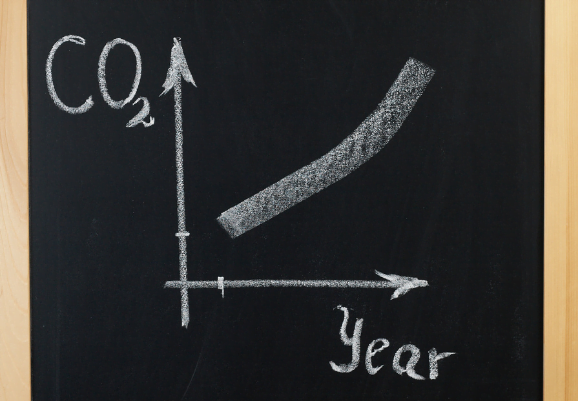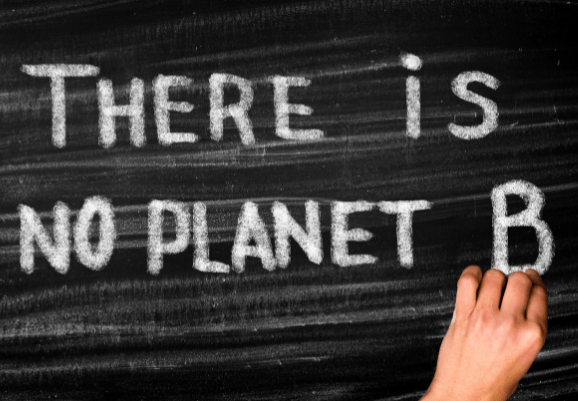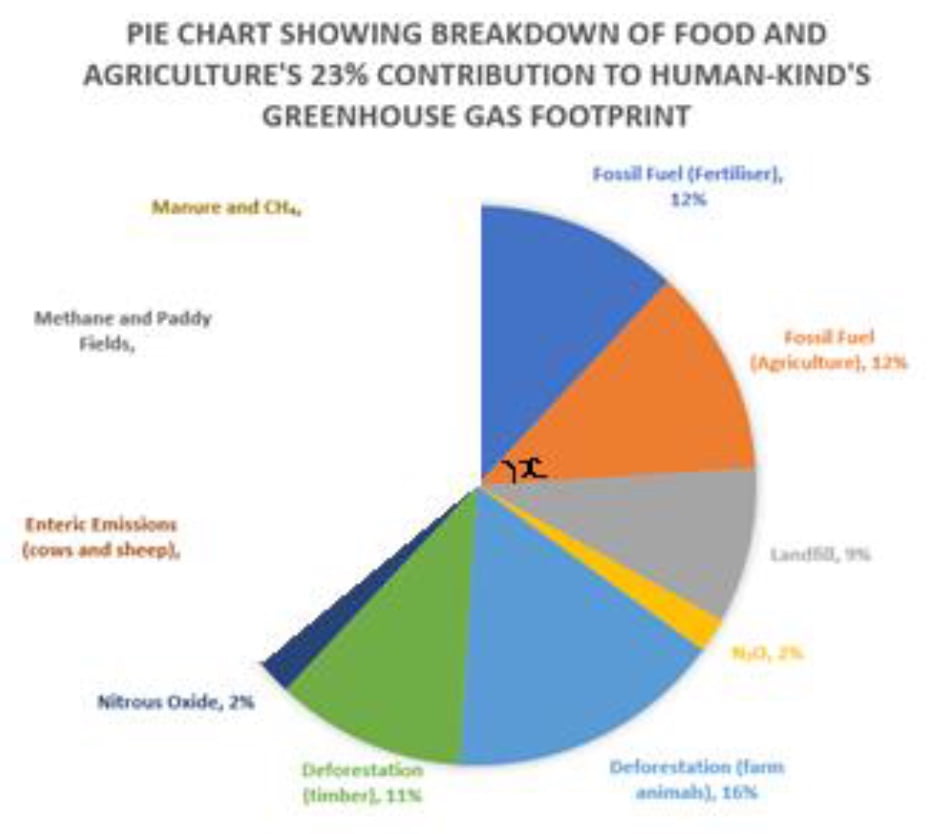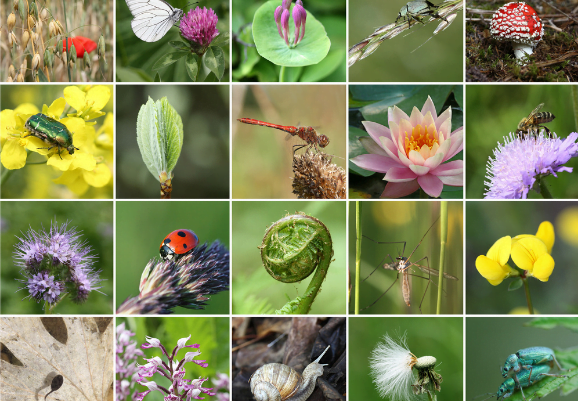Climate change affects the habitats and environments of many species, some of which won’t be able to adapt fast enough to survive in their new habitats.
The graph shows the percentage of species driven extinct since 1500. Of the species that were around in 1500
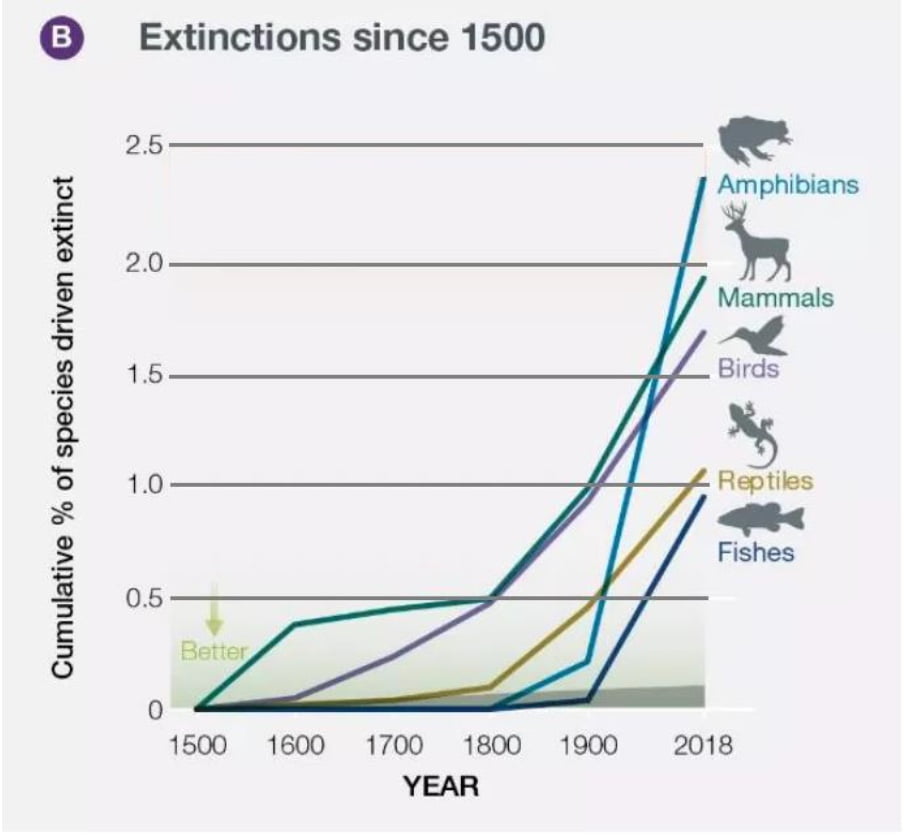
a) Calculate the probability of a reptile species having gone extinct by 1900.
[1 marks]
b) Calculate the probability of an amphibian species not having gone extinct by 2018.
[1 marks]
c) Of a sample of 60,000 species alive in 1500, assuming equal numbers of amphibian, mammal, bird, reptile and fish species are included, find, by first taking an average, how many species you would expect to have not gone extinct by 2018.
[3 marks]
